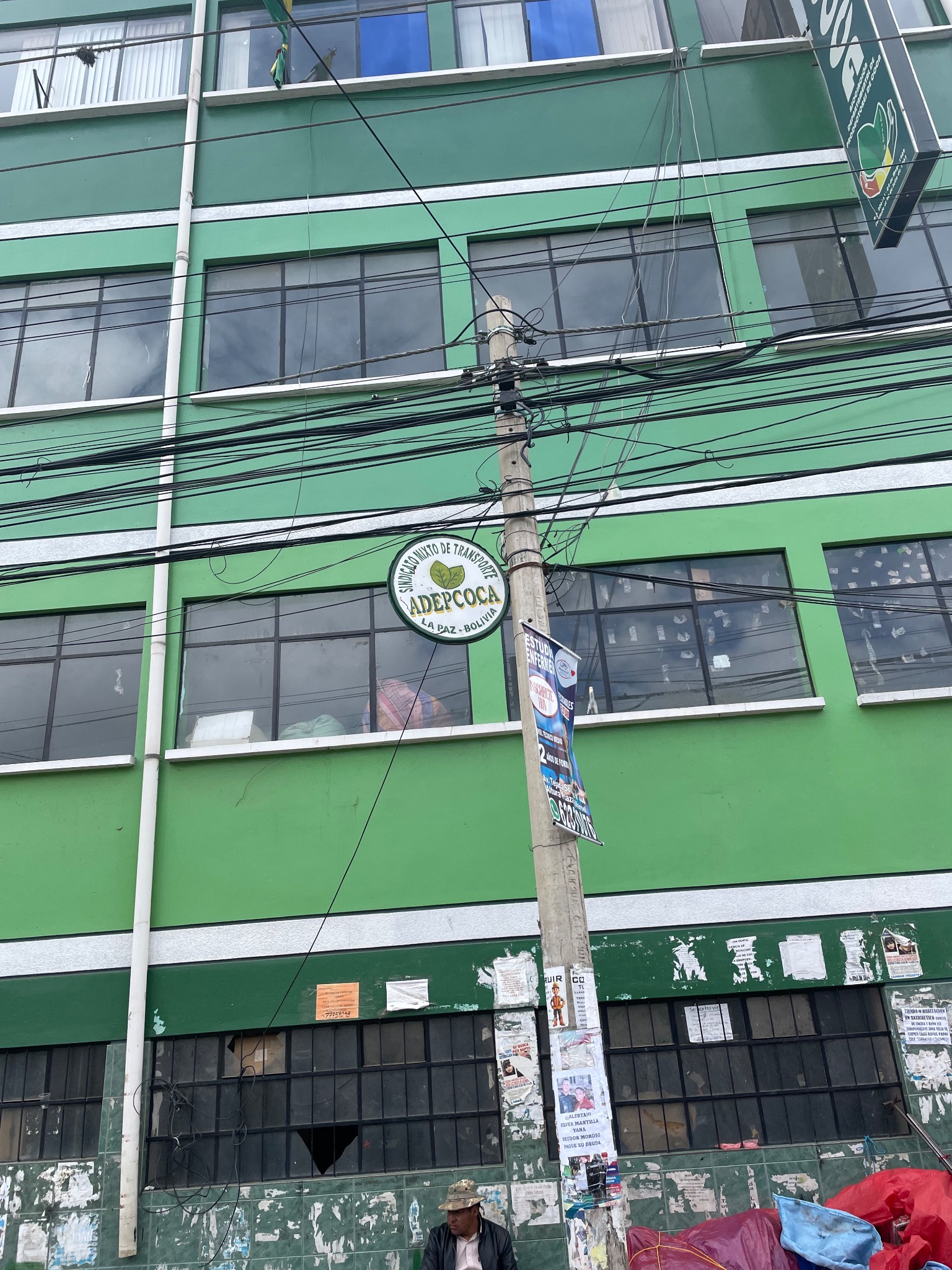Coca – The Plant with Constitutional Status
Thanks to Narcos and Pablo Escobar, coca has gained a dubious reputation in the Western world. The situation is quite different in Bolivia: chewing coca is part of everyday life, and new processing methods are turning traditional consumption into a lifestyle product.
It is not uncommon to see men and women with a bulging cheek on the streets of Bolivia. While many people outside Bolivia might assume it’s due to a dental issue, it is usually a »Bola« —chewed coca leaves stored in the mouth and slowly »sucked dry« with saliva. Coca is deeply ingrained in Bolivian culture, and the Bolivian Constitution affirms this:
»The state protects native and ancestral coca as a cultural heritage, as a renewable natural resource of Bolivia's biological diversity, and as a factor of social cohesion; in its natural state, it is not a narcotic.« (Article 384)
From War on Drugs to Constitutional Protection
During the »War on Drugs,« starting in the 1960s, the United States targeted Bolivian coca production and attempted, in cooperation with the Bolivian government, to eradicate its cultivation. However, coca production was never completely eliminated. Where there is demand, there is also a market—and in the U.S., there was demand. By the time Evo Morales from the political party MAS was elected in 2005, the fight against coca cultivation was effectively lost. The coca union leader from the tropical Chapare region held a referendum in 2009 that led to constitutional reforms, transforming Bolivia from a republic that combated coca cultivation into the Plurinational State of Bolivia, complete with its own constitutional article on coca. Nevertheless, the most significant achievement of the new constitution was likely the extensive rights granted to Bolivia’s many (indigenous) groups for self-determination.
Modern Coca consumption
The green leaves, with an effect comparable to coffee, are often used as a medicinal plant or in rituals. Some people add »Lejía« when chewing coca. This dough-like substance comes in flavors such as passion fruit, coffee, or chewing gum. In »Coca Machucada«, the flavors are already mixed with the dried leaves. While coca as a traditional plant was foremost popular in the Andin region of Bolivia, the industrialization of Coca took place in the economic powerhouse around the city of Santa Cruz. Thus, it is no surprise that Coca Machucada was found in the industrial East-Bolivia and spread to La Paz and other cities in the west. Nowadays the consumption of coca is in the east significantly higher than in the west, says the Sociologist Eduardo Agramont. One of the most remarkable collaborations between traditional coca and Western capitalism is »Coca Machucada« with a Red Bull flavor.
Rivalry in the Heartlands of Coca production
Chapare, a region near the Bolivian city of Cochabamba and in the Yungas region of the La Paz department is the heart of coca production. Farmer Gabino Quispe Limachi has spent his entire life growing crops on his family's land—alongside plantains, pumpkins, and bananas, he also cultivates coca. Speaking on his sloped plot of land outside the South Yungas village of Yanacachi, the experienced farmer explains coca production. December is planting season, and after a year, the first harvest takes place. From then on, harvesting occurs every four months. He then takes the dried leaves to the »Mercado Coca« in La Paz. Don Gabino is convinced of the quality of his coca: »This is the original coca, not like the one from Chapare—it is very good coca.« This statement may stem from the fact that large-scale coca cultivation in Chapare only expanded in the 1980s – very likely for the cocaine production - , whereas the Yungas has traditionally been known as the primary growing region.
Coca and Power
Coca trade is particularly concentrated in the Villa Fátima neighborhood of La Paz. Located on the road leading to the Yungas, minibuses arrive carrying massive sacks filled with dried coca leaves, which are unloaded and traded at the Mercado Coca. However, relations among cocaleros (coca growers) and with the neighborhood itself are not always peaceful. Residents and workers in Villa Fátima can recount stories of violent clashes between the city’s two major coca markets. It is said that a fire in one market was an act of arson. According to Law 906, there should actually only be one coca market in La Paz. But since the Department Association of Coca Producers (ADEPCOCA) split as a result of political games that were also driven by the MAS government, cocaleros close to the MAS and their critics have been fighting each other, sometimes with pure violence. Demonstrations by cocaleros have sometimes turned so violent that even shoe shiners working on Villa Fátima’s main street have chosen to stay home to avoid getting caught in the crossfire.
Despite these internal conflicts, cocaleros remain one of the most influential and active social groups in Bolivian politics. Many still support former President Evo Morales. In 2019, Morales was reelected under controversial circumstances but soon left the country under pressure from the streets and parts of the state apparatus—some call it a coup. Six years later, his former party ally and political partner Luis Arce is president. However, the two men are now rivals. With the presidential elections only six months away, Morales is unlikely to be allowed to run due to term limits. Over the past year, cocaleros have tried to use street protests to push for his candidacy—their efforts have so far been unsuccessful. While Bolivia's political future remains very uncertain, coca endures as a constant presence in the country.



Post a comment